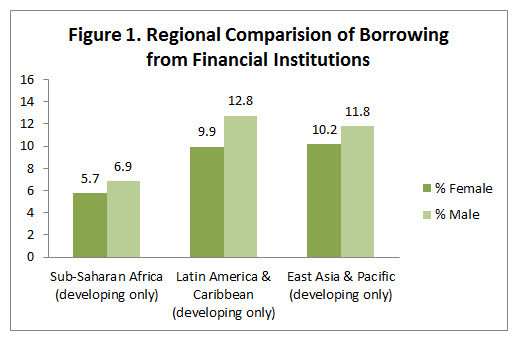
Enabling the Female Entrepreneur and Beyond
By: Eyerusalem Siba
Investing in the female entrepreneur has a multiplier effect.
Women often invest a higher proportion of their income back into their families and communities than men. Indeed, it is well-documented that when women control a greater proportion of household resources, the family allocates more money toward food and children’s education, and children that are healthier and more educated are better-prepared to contribute to a developing economy. However, many African women face cultural and social barriers to becoming entrepreneurs—creating the need for promoters of the gender empowerment agenda to acknowledge the entangled relationship between women and their social environment.
Michelle Obama echoed this point during the United States of Women Summit in June, saying, “We’ve seen time and again that when educated girls grow into successful women, they don’t just pat themselves on the back and enjoy the fruits of their successes—no, as they should, they reach back and they help other women and girls along after them.” She singled out Kenyan entrepreneur Ciiru Waithaka, the founder of FunKidz, a successful children’s furniture company that designs products inspired by African stories. Waithaka garnered the First Lady’s praise for founding aprogram that has taught 350 disadvantaged youth about technology and innovation to date.
Prior to her success, however, Waithaka struggled with a common problem for female entrepreneurs in Africa: limited access to capital. She eventually received a loan from Goldman Sachs’ 10,000 Women Initiative, which provides capital to female entrepreneurs in developing countries—but many other potential business owners are not so lucky. According to the International Finance Corporation, nearly 70 percent of female-owned small and medium enterprises in the developing world are reported to be unserved or underserved by financial institutions. In sub-Saharan Africa, formal borrowing rates lag behind those in other developing regions for both men and women (Figure 1).





Leave a Reply